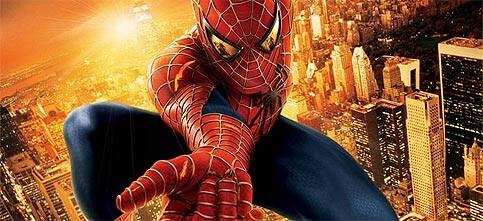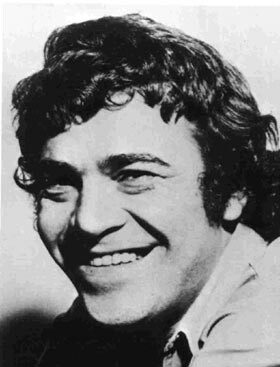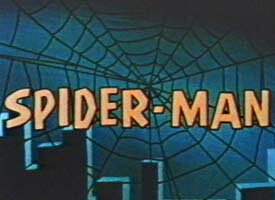The Electronic Intifada 7 July 2004

A publicity image from the Spiderman sequel currently playing in US theatres. (Sony)

Ralph Bakshi
Bakshi’s other claims to fame include animating America’s first X-rated animated film Fritz the Cat, directing The Rolling Stone’s video “The Harlem Shuffle,” and inspiring the Comic Book Guy character on the Simpsons. He came to animate the second season of the Spiderman series in his Manhattan loft studio after the Los Angeles-based studio Grantray-Lawrence, which initially produced the webbed character’s series, went bankrupt.
Bakshi is known to have given the original Spiderman animated series, which was recently released on DVD to coincide with last Friday’s opening of the live-action blockbuster Spiderman 2, a psychedelic twist. The Globe and Mail reports, “Bakshi says he was given $14,000 (U.S.) and one week to produce each episode. The budget for most modern cartoons is between $450,000 and $550,000 per episode. ‘Only a young, crazy [28-year-old] would ever take a job like that,’ he says.”
Although the list of projects he’s worked on is extensive (including the unpopular animated Lord of the Rings, and the TV series Mighty Mouse, the New Adventures - which was pulled off the air after the title character sniffed a white flower, mimicking cocaine use), Bakshi now spends his time painting in the country, away from the hubbub of New York and Los Angeles.

A screenshot from the original animated Spiderman series
Often employing the technique of rotoscoping, or adding animated graphics to live-action film (the indie-hit Waking Life was achieved through this method, as were the glowing light-sabers in the Star Wars films), Bakshi achieved a distinct aesthetic style. Though his later film work, like 1992’s Cool World, starring Brad Pitt and Kim Basinger, disappointed critics and fans alike, and disillusionment with Hollywood caused Bakshi to retreat to the mountains of New Mexico, it isn’t likely that Bakshi’s through producing work.
The Globe and Mail adds, “Increasingly agitated by the ‘tone and ethics of American politics’ and what he calls the ‘greed-fuelled’ culture propagated by companies such as Enron, Bakshi says a final film project is brewing in his mind. ‘Capitalism is fine, but even most thieves have a code of honour. There’s got to be a line drawn in the sand.’”
But we won’t complain if Bakshi simply picks up our idea of a Palestinian Spiderman. While children in the occupied territories are unable to go to school, and their parents are often unable to provide them with security or stability, they sure could use a superhero.
Maureen Clare Murphy is Arts, Music, and Culture Editor for EI.
Related links





